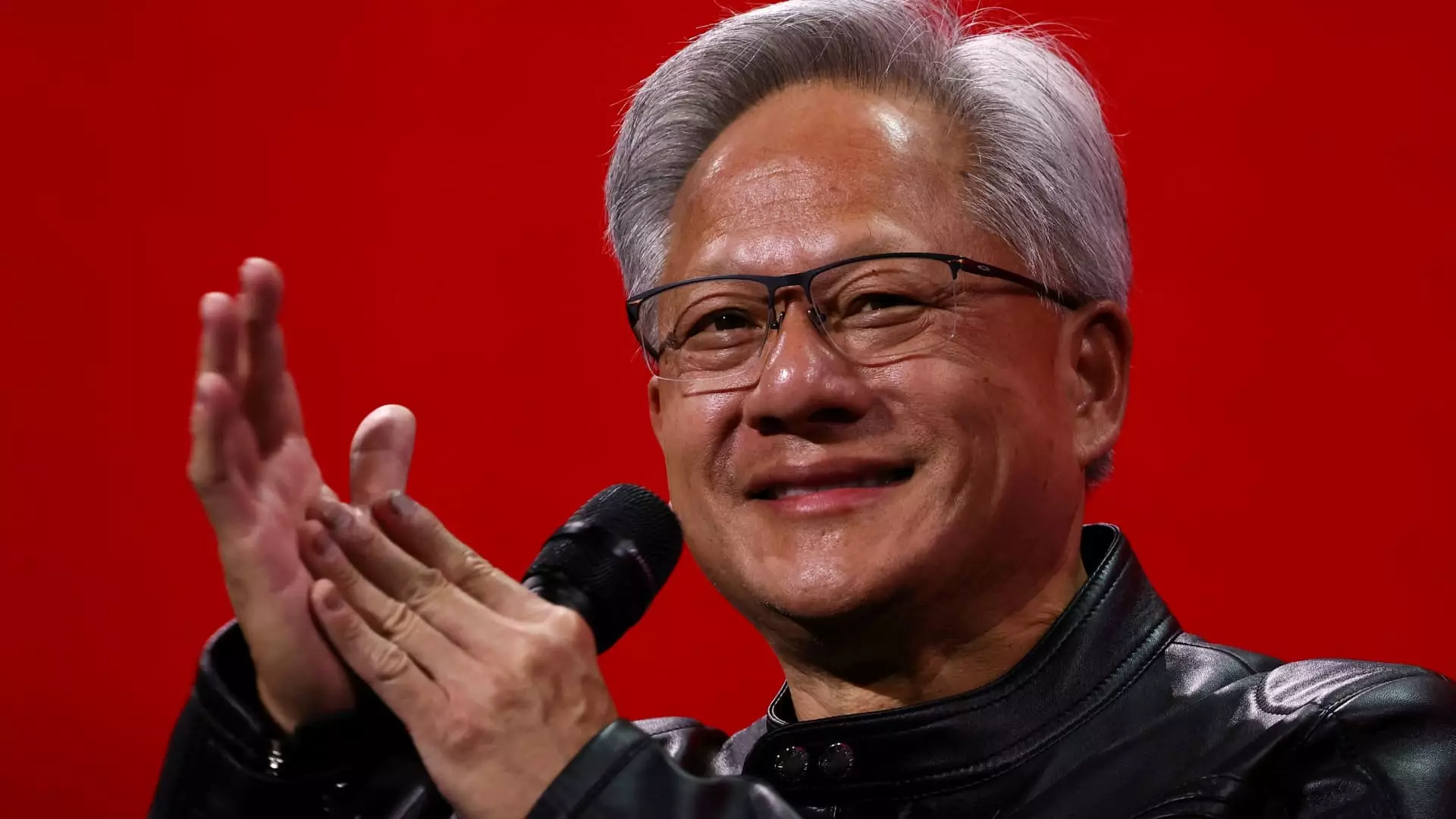In recent times, there has been a growing narrative suggesting a fragile but vital partnership between the United States and China in technological development, especially in the realm of artificial intelligence. High-profile events, like Nvidia CEO Jensen Huang’s praise for Chinese AI models and the tentative easing of export restrictions, paint a picture of collaboration. However, beneath this veneer of cooperation lies a complex web of strategic competition driven by national interests, economic security concerns, and geopolitical rivalry.
The USA’s recent softenings in export controls are portrayed as signs of a newfound willingness to foster innovation and global progress. Yet, these gestures should be scrutinized for their true intent. They serve interests aligning more closely with American economic stability and global leadership, rather than genuine solidarity with China’s burgeoning AI sector. The narrative that open-source initiatives in China—like Alibaba’s Moonshot’s Kimi K2—are catalysts for shared progress ignores the underlying reality: access to cutting-edge technology remains heavily restricted, and China’s rapid development often occurs under the shadow of clandestine stockpiling and strategic circumvention of trade rules.
The Double-Edged Sword of Competition and Cooperation
Nvidia’s strategic flirtation with working with China’s AI industry illustrates both the desperation and the resilience of American tech giants. On one hand, Huang’s praise for Chinese models like DeepSeek and Baidu Ernie bolsters a false image of mutual advancement. On the other, it underscores how U.S. restrictions have crippled its own market share, causing Nvidia to lose billions—$2.5 billion last quarter alone—and to rely on geopolitical diplomacy to regain access.
It is tempting to see these moves as pragmatic, but they are ultimately driven by the desire to maintain global dominance. The U.S. claims it wants科技 fairness but continues to impose restrictions that stifle Chinese innovation while fueling an underground race for high-performance chips. Chinese companies, despite heavy restrictions, continue to make impressive strides with limited access to advanced silicon, evolving an ecosystem that depends on open-source models and creative circumventing of barriers. This cat-and-mouse game demonstrates that true fairness is a myth; the power asymmetries remain entrenched.
The Illusion of a Level Playing Field
Huang’s comments on China’s open-source approach reflect a nuanced diplomatic stance—Yet, they also highlight an underlying bias: the U.S. tries to frame Chinese innovation as inherently inferior or untrustworthy, ignoring the fact that China’s government actively supports strategic AI growth. Meanwhile, U.S.-based firms like OpenAI emphasize proprietary models, keeping their innovations locked behind paywalls and closed sources. This disparity reduces the notion of a level playing field to a farce, where competition is continually manipulated by governmental policies.
Furthermore, U.S. restrictions directly benefit Chinese tech giants like Huawei, which can leverage the absence of American competitors to gain market share. This unintended consequence illustrates how protectionist policies may backfire, creating a separate but equally dominant AI sphere that challenges the very leadership the U.S. seeks to protect.
The Future of Global AI Leadership Is Not Just a Race
The aggressive posturing and strategic maneuvering between the U.S. and China reveal that AI leadership is less about innovation and more about power projection. The narrative that open-source and collaboration will propel global progress seems naïve when viewed through the lens of geopolitics. Such claims often serve to soften the competitive edge and obscure the reality: technological dominance remains a zero-sum game.
While American leaders might enjoy the illusion that a fair cooperation framework exists, their actions suggest otherwise. The ongoing restrictions, stockpiling, and strategic alliances reveal that the real game is about control—over data, over technology, and ultimately over the future global order. The superficial gestures of diplomacy, such as easing export restrictions, are just temporary tactics in a long-term rivalry that threatens to fragment the global AI landscape into competing spheres of influence.


Leave a Reply